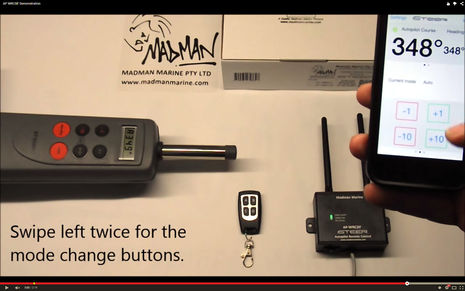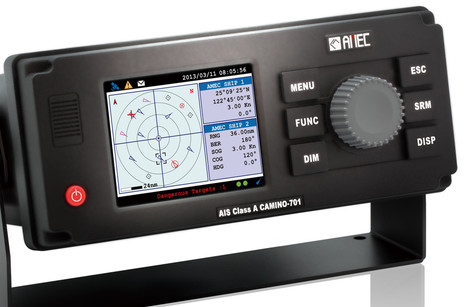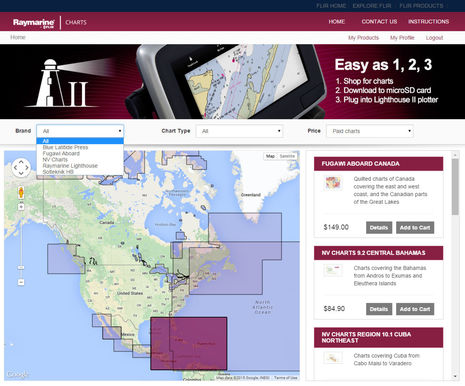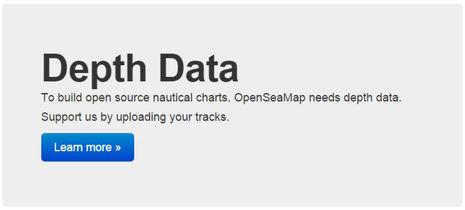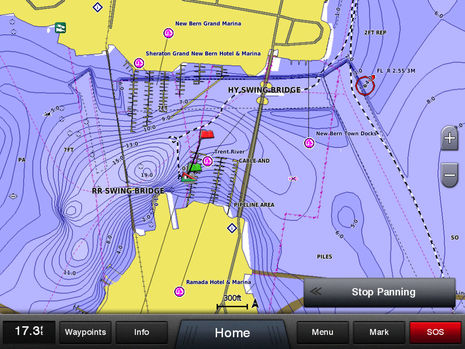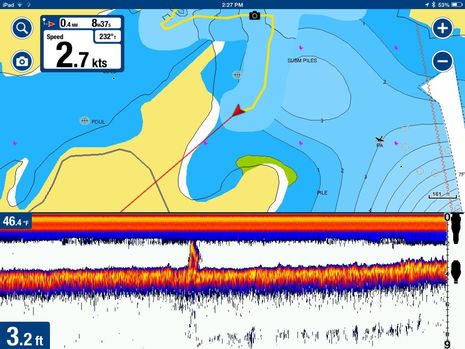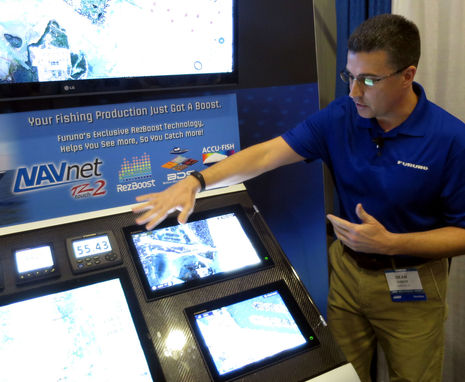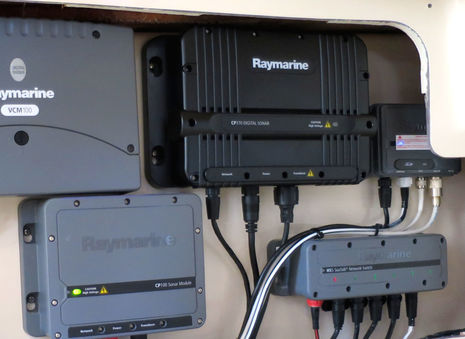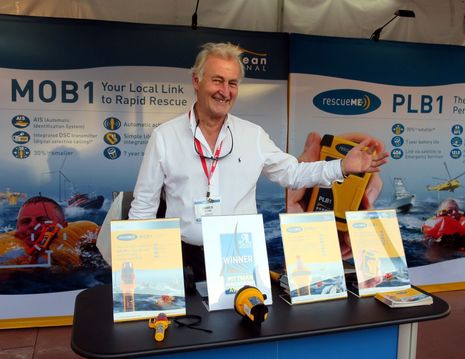Wemar Nautipad, why not e-paper instrument displays?
They look like excellent instrument displays, especially when you realize that they’re portable, wireless, waterproof, touchscreen tablets that rarely need charging and shouldn’t be wicked expensive. Unfortunately, though, they’re not currently available. I hesitate to write about a discontinued product, but the seemingly well-developed Wemar Nautipad system above could come back on the market if another company wants to give it a go, and e-paper screens seem like an interesting idea for boats anyway…




